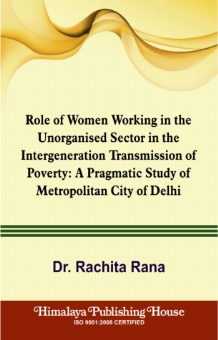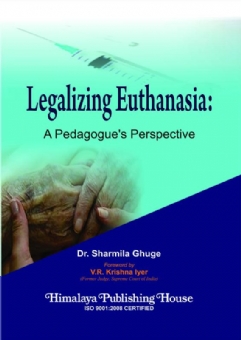Women not only constitute half of the world population but are also the life giver for the other half. Majority of them in the developing countries have little or negligible control over various social, economic, cultural and political issues. These gender bias are the integral part of the society and manifests as malnutrition, illiteracy, exploitations, drudgery and impoverished status. These adverse effects of unequal opportunities and political power on development are all the more damaging because economic, political, and social inequalities tend to reproduce themselves over time and gets transmitted across generations. Such phenomenon has also been reported as “inequality traps in UNDP 2006 report. In fact the inequalities have manifested itself, generating a type of life cycle pattern as observed in most of the chronic ailments. If one learns from the pragmatic approach adopted in the environment; be it medical, economic, social, etc., it requires rigorous prescriptive measures initially to counter from all sides even if there are marginal side effects. For example, malnourished mother gives birth to a malnourished child and this child growing under deprived conditions will be the bearer of malnourished future generation. This transmission of malnourishment gets into genetic make up through gene mutation and is accrued as a normal process. In order to cure it austere intervention is mandatory. Similarly, the pattern of intergenerational transmission of poverty breeding itself cancerously in the unorganised sector needs to be dealt in obligatory and multi-pronged manner before it gets conventional phenomenon of the economic system. Even the disadvantaged children from families at the bottom of the wealth distribution do not have the same opportunities as children from wealthier families to receive quality education. So these disadvantaged children can expect to earn less as adults. Because the poor have less voice in the general process, they—like their parents— are less able to influence social and economic decisions. Not only this, a parent working in an unorganised sector feels satisfied if the ward does get recruited in this sector because of their shortsightedness and unawareness. ‘And’ the cycle of underachievement continues.
In this study, attempt has been made to address the issue and the role of women workers inclusive of girl child in the inter-generation transmission of economic, financial, productive socio-cultural factors with poverty within purview. It shall bring forward the pattern, where the women worker in unorganised sector contributes significantly towards the transmission of inter-generational poverty through ntrageneration by adopting a pragmatic approach. The research design is descriptive and experimental in approach. The universe of study comprised all the women working in the unorganised sectors of Urban Delhi like domestic help, construction site, home based industries, utensil barters, rag pickers, street vendors, etc.
Contents –
1. Introduction
2. Review of Literature
3. Conceptual Framework and Methodology
4. Demographic Profile of Women Workers Working in the Unorganised Sector of Delhi Metropolitan City
5. Empirical Analyses of Intrageneration to Intergeneration Transmission of Factors
6. An Empirical Analyses of Intergeneration Transmitted Factors Leading to Poverty Transmission (IGT)
7. Conclusions and Suggestions
Bibliography






